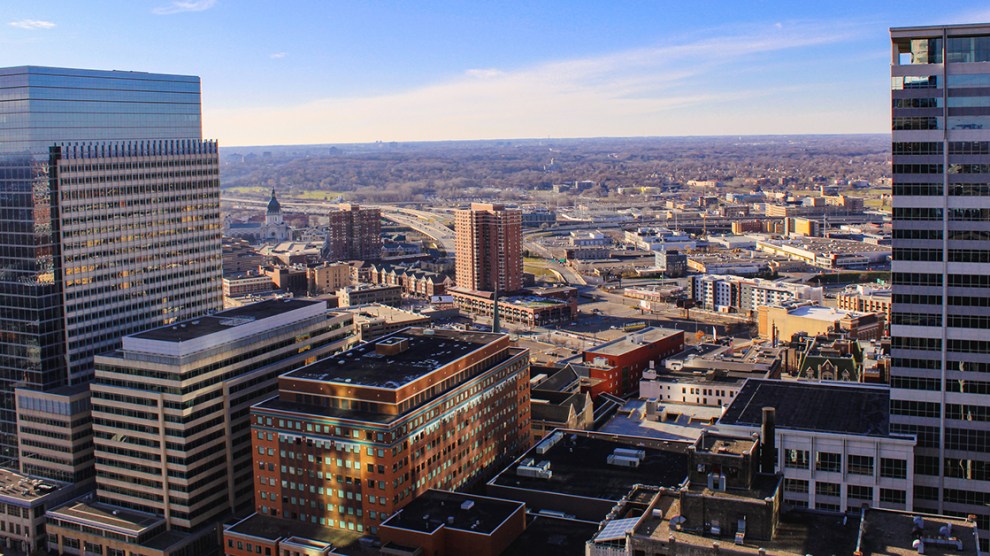Read the latest Yardi Matrix Twin Cities Multifamily Market Report.
Market Fundamentals Stay Healthy
The Twin Cities multifamily market is stable, despite decelerating rent growth, which is visible in most major U.S. metros. On a trailing three-month basis through November, rents were flat, with the average rate clocking in at $1,469. Year-over-year, rate gains fell to 2.9% in Minneapolis-St. Paul, with only Phoenix (2.5%) and Las Vegas (2.0%) posting lower rent increases among major U.S. metros.
Employment growth steadily improved last year, hitting 3.2% year-over-year through September, but still trailing the national rate by 100 basis points. All sectors added jobs, with professional and business services (19,300 positions) leading the way, followed by education and health services (14,900 jobs). Twin Cities employers are having a hard time filling open roles. The metro’s 1.7% unemployment rate as of October was near record lows, as labor force participation is still down significantly from before the pandemic.
Last year through November, both completions and transactions posted solid performances. Developers brought online 9,781 units, which was above the 8,888-unit average for the previous three years. Investment activity was also intense, with $1.4 billion in multifamily assets trading across the metro. Although investor interest was almost equally split between quality segments, the average per-unit price surpassed the $200,000 mark for the first time, up 21.4% from 2021.
Read the full Matrix Multifamily Twin Cities Report-January 2023











Add Comment